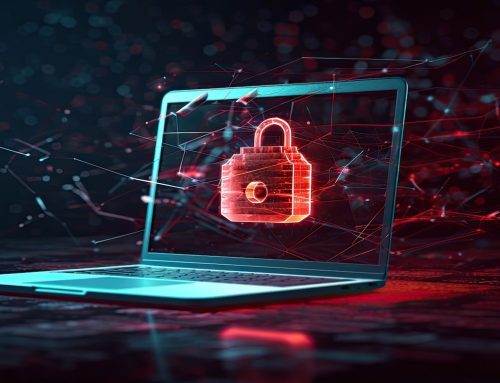Ransomware is one of the fastest-growing cybersecurity threats, affecting individuals and organizations across the globe. It’s a malicious type of software designed to encrypt a victim’s files and hold them hostage until a ransom is paid. Over the years, ransomware attacks have become increasingly sophisticated, utilizing innovative techniques to infiltrate devices and spread across networks.
This blog post will break down the key aspects of ransomware, helping you identify and mitigate the risks. From understanding the warning signs (Indicators of Compromise) to implementing essential safeguards, we’ll cover everything you need to know to protect yourself and your organization.
What is Ransomware?
Ransomware is a form of malware that locks users out of their own data by encrypting their files. Attackers then demand payment in return for the decryption key needed to recover access. These attacks target everyone from individual users to large corporations, often causing widespread disruption and financial strain.
Why is ransomware so dangerous? Beyond the financial costs, it risks sensitive data being exposed–or permanently erased if the ransom isn’t paid. And even when payments are made, there’s no guarantee the attackers will provide the decryption key.
Indicators of Compromise (IoCs): Recognizing Early Signs
Knowing the early warning signs of a ransomware attack can help you take swift action before the damage becomes too severe. Here are the most common indicators of compromise (IoCs) to look out for:
1. File Encryption
One of the most noticeable signs of a ransomware attack is the encryption of files. You may see files with unfamiliar extensions, or their names could be altered. Additionally, ransom notes or files named “DECRYPT_INSTRUCTIONS” often appear in affected folders, providing payment details and decryption instructions.
2. Unusual Network Activity
Spikes in outgoing network traffic or unusual activity on your network could point to ransomware at work. Attackers often use command-and-control servers to execute their attacks. Monitoring tools and firewalls are essential for detecting such anomalies promptly.
3. New or Suspicious Processes
A ransomware attack can create new processes or services on your system. These may have strange or unfamiliar names that don’t align with standard operating system processes. Keep an eye on newly created processes.
4. Registry Modifications
Ransomware often makes changes to the system registry to embed itself more deeply. Look for new or altered registry entries—manual inspections and security tools can reveal these.
5. Odd Activity in Event Logs
Ransomware typically generates suspicious activity in your system’s event logs. These logs might reveal details such as the time and origin of the attack or show processes connected to the malware. Regularly reviewing event logs can provide meaningful insights into potential threats.
Protecting Yourself Against Ransomware
While ransomware can be devastating, implementing robust mitigation strategies can significantly reduce the risk. Here are critical steps to safeguard your files and systems effectively.
a. Regular Backups
The best defense against ransomware is maintaining secure, up-to-date backups of your data. Even if an attack occurs, you’ll have a way to restore your files without paying a ransom. Store these backups on external devices or secure cloud storage that isn’t accessible through your network.
b. Keep Software and Operating Systems Updated
Hackers often exploit outdated software with known vulnerabilities to spread ransomware. Regularly updating your operating system and software ensures you’re protected against the latest threats. Automated updates can make this process seamless.
c. Enable Firewall Protection
A firewall acts as the first line of defense by blocking unauthorized access to your network. Advanced firewalls can even block communications to known malicious IP addresses. Ensure your firewall is properly configured to both monitor and filter traffic.
d. Use Antivirus Software
Antivirus software is key to identifying and eliminating ransomware before it harms your files. Choose an antivirus solution that offers real-time protection and routinely scan your system for threats. Always ensure the software is updated to counter emerging threats.
e. Secure Your Email
Email remains one of the primary modes for delivering ransomware, often through phishing scams or malicious attachments. Employ email filtering solutions to block suspicious messages and educate employees and users about identifying phishing attempts.
f. User Education and Awareness
Human error is a leading cause of successful ransomware infections. Providing regular training to employees or household users can create a more security-conscious environment. Training should emphasize recognizing phishing emails, avoiding suspicious links or unknown downloads, and reporting unusual activity to IT support immediately.
The threat of ransomware isn’t going away anytime soon, but understanding its mechanics, recognizing early warning signs, and implementing robust security measures can diminish its impact. By taking preventative steps like backing up data, updating software, and training users, you can stay ahead of potential threats.
Cybersecurity is everyone’s responsibility. Whether you’re protecting personal data or safeguarding your organization, a proactive approach is key. Ransomware is sophisticated, but with vigilance and the right measures, you can stay one step ahead.





